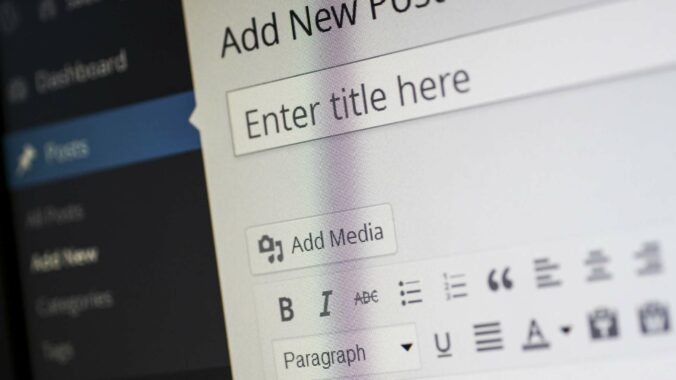30% of all web pages in the world are made with WordPress, a Content Management System (CMS) launched in 2003. Although this tool has many advantages, it is one of the platforms with the greatest possibility of being hacked or attacked. According to a report by Sucuri, 83% of the sites created with this CMS have suffered an attack attempt.
What is a Content Management System (CMS)?
It is an online system that allows us to launch a website in a practical and fast way. It allows us to create, organize, publish and delete content from a webpage. It’s great advantage, as its name says, is the possibility of managing dynamic content in a simple way. That is, maintain a blog, e-commerce, or any other type of site that requires constant updating. Some examples are Wix, Jimdo, Squarespace, IONOS and WordPress.
The CMS concept represents, in most cases, free software, created and spread by programmers from all over the world. In these working models, any person can create their website, blog, and others with extreme ease.
In the same way that content management systems attract website owners, they also put hackers and criminals on the hunt. Behind every CMS is a database system that is basically heaven for hackers. These database systems have vulnerabilities that hackers can access and exploit.
The risk of a cyber attack
There can be many reasons that make a CMS be infected or attacked. However, in most cases, these attacks are related to poor management of the platform. For example, the Sucuri report reveals that many of the platforms at risk of infection were outdated. In fact, in 2017, 61% of hacked WordPress sites reported outdated installations.
Another of the most common ways for hackers to infect a CMS is through brute force attacks. This type of attack consists of systematically trying different credentials and passwords until they find the correct combination. In other words, it would be like trying to open a lock with hundreds of possible options. Even if that takes a long time, eventually the right combination will be found; but when the person who does it is an automated robot, time ceases to be an inconvenience.
Security tips for the use of Content Management System
We share some recommendations so that your website or platform is protected:
- Keep the CMS updated. If you don’t update your content manager, you won’t be protected against recently detected risks.
- Use a strong and secure password.
- Download content only from official websites
- Introduce Captchas in your forms to make them more secure. This will also help you prevent them from spamming or infiltrating your app.
- Do periodic reviews to detect vulnerabilities and anomalies.
- Try to choose a CMS with a strong online community, that is, that has a team of developers to ask questions and problems.
- Subscribe to forums and newsletters related to CMS security. The more informed you are, the faster you can act when faced with a risk.
Little by little, the different versions of the CMS are controlling these vulnerabilities to prevent their users from being victims of a security breach. Even so, these measures can protect your website from possible attacks. Don’t forget to subscribe to our monthly newsletter to get more cybersecurity tips and stay up to date with news from the web!



Recent Comments